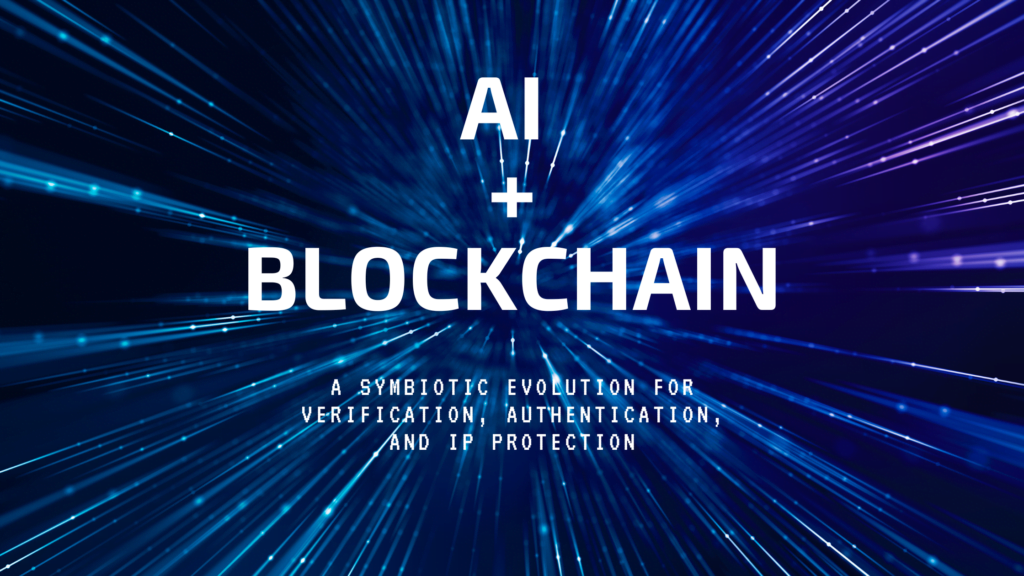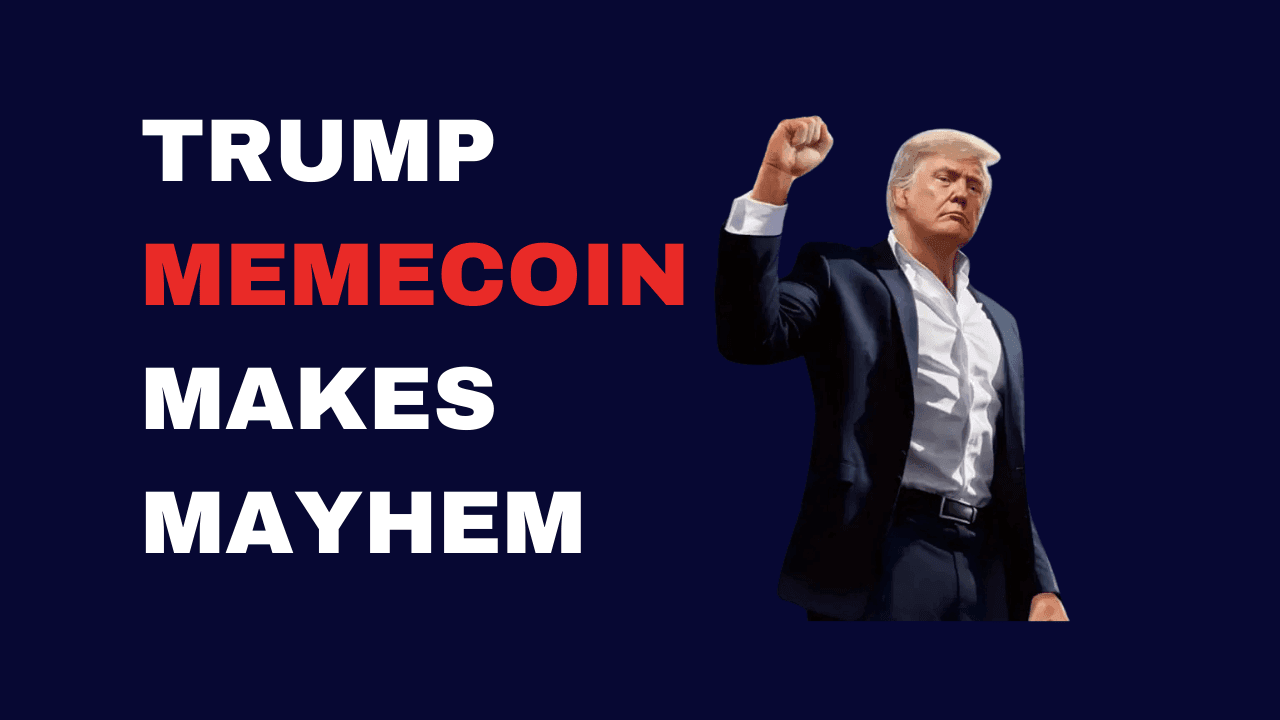AI and Blockchain: A Symbiotic Evolution for Verification, Authentication, and IP Protection
Blockchain and AI seem like two buzzwords that bore most people now. But, beneath the jargon, there’s a fascinating convergence happening. AI’s potential is undeniably groundbreaking. Yet, translating that potential into tangible business results remains a massive challenge for most companies. At its core, the conversation boils down to how we can effectively leverage AI while managing its inherent risks.
Now, consider blockchain. It’s mostly known for cryptocurrencies, but its real strength lies in providing a decentralized and immutable ledger. When paired with AI, blockchain could redefine how we manage verification, authentication, and intellectual property (IP) protection.
The Elephant in the Room: Verification and Authentication
Every interaction on the internet relies on some form of verification. We verify passwords to log into accounts, authenticate purchases to prevent fraud, and verify identities to ensure security. However, as AI embeds deeper into our digital experiences, the stakes for verification and authentication skyrocket. With generative AI, distinguishing between human-generated and AI-generated content becomes increasingly difficult. Here’s where blockchain comes into play.
Blockchain offers a transparent and immutable record of transactions — a cryptographic ledger that can verify the authenticity of digital assets. In an AI-driven world, this means that every piece of content or data generated by AI could be stamped and tracked through blockchain. This leads to a twofold advantage: it ensures the origin and authenticity of data and provides transparency that bolsters trust.
Intellectual Property Protection: A Complex Battlefield
One emerging concern with generative AI is intellectual property (IP) infringement. AI can produce content—texts, images, music—that closely mimics existing works. The implications for IP are significant. Creators and businesses need robust systems to protect their proprietary content from being unintentionally “borrowed” by AI models.
Blockchain comes to the rescue again. By transforming IP into Non-Fungible Tokens (NFTs) embedded with smart contracts, companies can precisely control the usage rights of their content. These smart contracts specify the conditions for use: attribution, permissions, and royalties. If AI-generated outputs utilize these IP-protected assets, the blockchain records can automatically enforce the terms of use. This transforms the fragmented IP management landscape into a cohesive, automated process.
Real-World Applications: How Companies Are Pioneering the Path
We’re not entirely in the hypothetical zone here. Companies are already experimenting with blockchain to protect and verify AI-generated content. Take Getty Images and Stability AI. The ongoing legal battle, where Getty alleges that Stability AI used millions of its copyrighted images to train its software, underscores the importance of robust IP management in AI. Imagine if those images had been embedded with blockchain-based permissions. Stability AI would have had to comply with pre-set conditions, potentially avoiding the lawsuit.
Moreover, companies like SIMBA are developing blockchain add-ons specifically to track data provenance and ensure data integrity for AI models. These efforts align with defense policies in the U.S., emphasizing secure and traceable data use in AI applications. In an era where data is the new oil, knowing the origin and integrity of your data becomes not just a need but a necessity.
The Bigger Picture: Balancing Innovation with Risk Management
While the potential of AI is enormous, its risks cannot be ignored. Business leaders are optimistic yet cautious. The challenge is to unlock AI’s transformative potential without falling into the trap of its associated risks. Here, blockchain provides a safety net, ensuring secure, authenticated, and legally compliant use of AI-generated content.
In the long term, integrating blockchain with AI is not just a business strategy; it’s an evolution in digital ethics and trust. Verification becomes foolproof. Authentication is reliable. IP protection is automated and precise. These aren’t just nice-to-haves; they are essentials in an AI-driven world.
Conclusion
The marriage of AI and blockchain is more than a trend; it’s a pathway to a secure and authenticated digital future. As AI continues to grow, blockchain will play a crucial role in ensuring that the content it generates is verifiable, authenticated, and protected. This symbiotic relationship promises not only to advance technology but also to embed a new layer of trust and security in our digital interactions.



